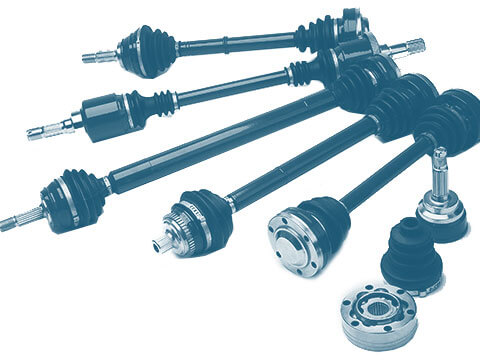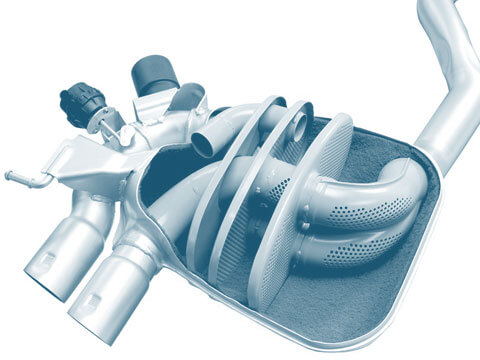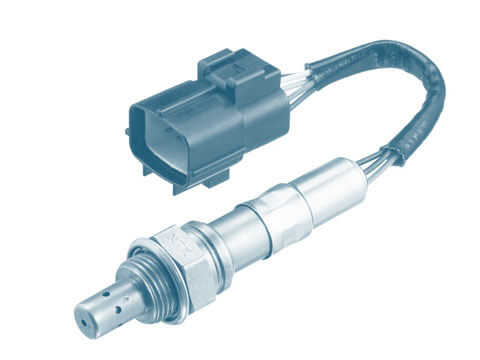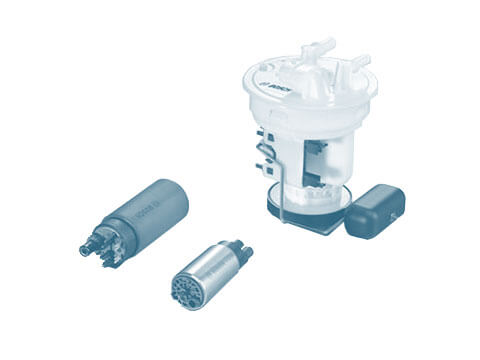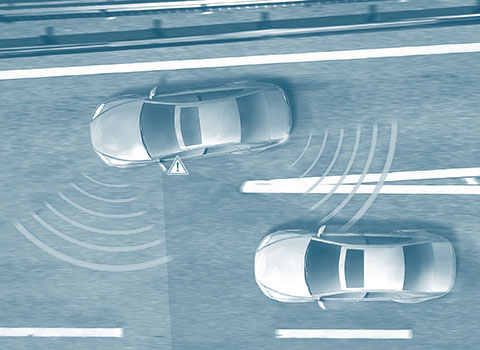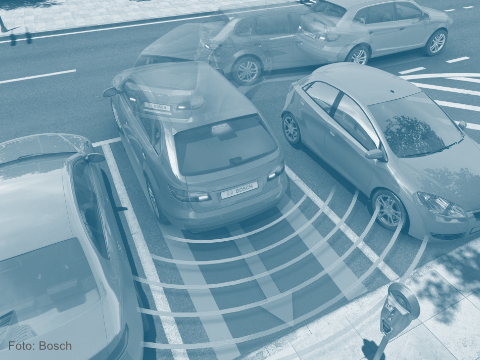Lidar sensor
Lidar sensors are used in passenger cars to measure the distance to an obstacle, and the change in this distance.
Function
Lidar is an acronym for “Light Detection and Ranging”. A lidar sensor is a beam-based sensor and uses light waves to measure distances and speeds. Like the radar sensor, the lidar sensor also emits electromagnetic waves, just in a different frequency range. These waves, also called light waves, are reflected by objects in the field of vision. The light-crossing time, i.e. the time it takes for the light to penetrate a certain distance, is used to calculate the distance.
The measured values are converted into electrical signals, which are evaluated in special control units. Many driver assistance and safety systems designed to prevent accidents with appropriate warnings and vehicle interventions function on the basis of sensor information. The Lidar sensor is used in electronic brake assistant systems or for automatic distance control systems, for example.
Lidar sensors can reach ranges of up to 250 m.
One disadvantage of the lidar sensor compared with the radar sensor is that a significant proportion of its beams can be absorbed by rain, fog, falling snow and dust particles in the air. This can considerably reduce the measurement range. In extreme cases, such as when driving through drizzle rain or heavy spray from vehicles in front, the lidar sensor may even become “blind” and no longer work. However, more intricate lidar sensors can “see through” the rain and fog.
Vehicle integration
A lidar sensor can be installed either at the front or at the rear of a vehicle. In most cases, it is installed in the bumper.
Safety
Many active and passive safety systems function on the basis of sensor information. Thanks to significant progress in the development of new sensors, there has been a constant increase in the capabilities of safety and driver assistance systems in recent years. Sensors thus have a key role to play in increasing safety on our roads.







